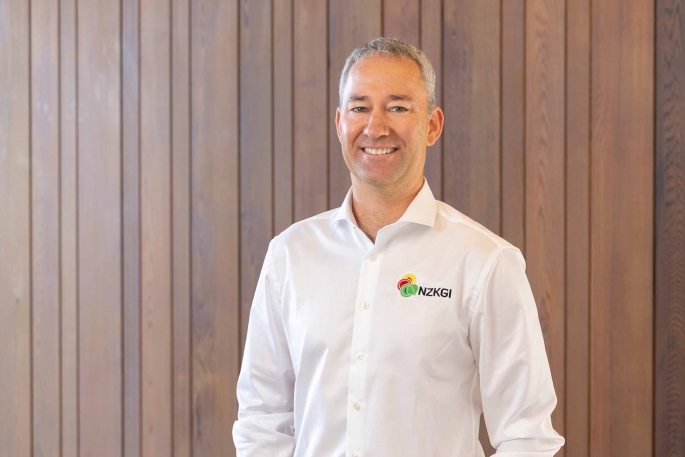New Zealand’s kiwifruit industry is breathing a sigh of relief after the Environmental Protection Authority released its decision on Hi-Cane use on orchards. In its decision, released on May 23, the EPA approved a reassessment of hydrogen cyanamide – known as Hi-Cane – which permits continued use of the substance by horticulturalists. While the EPA decision keeps the existing approvals, there are now additional rules for the use of hydrogen cyanamide in NZ and updated hazard classifications. Additional rules – according to the EPA decision at: https://www.epa.govt.nz/public-consultations/decided/hydrogen-cyanamide-reassessment – include the following: The application for reassessment of hydrogen cyanamide use in New Zealand was formally received by the EPA in September 2021 and set the reassessment process under way. EPA general manager hazardous substances and new organisms Dr Chris Hill says the EPA conducted comprehensive risk assessments, considered new research about potential effects on health and our environment, and weighed the economic benefits of continuing to use this chemical against potential impacts on people and the environment. “We also publicly consulted on our proposed changes and held a hearing, which gave individuals and industry a chance to provide valuable information. This input and our own expert assessments and information were considered by an independent decision-making committee.” After receiving a large amount of information from submitters, the committee approved the continued use of hydrogen cyanamide because it found the benefits outweigh the potential risks. According to the EPA, the decision-making committee considered “the benefits from using hydrogen cyanamide were significant; the negative impacts if hydrogen cyanamide was no longer available would be significant; the benefits outweigh the risks and costs associated with adverse effects from exposure to the use of hydrogen cyanamide; and additional controls on its use should be added to further mitigate risks”. Kiwifruit growers advocacy group New Zealand Kiwifruit Growers Inc – which led the industry to advocate strongly for the retention of Hi-Cane since the EPA’s call for information on the chemical in 2019 – says a ban would have had a massive economic impact on New Zealand’s most valuable horticulture export, closing orchards and hurting communities that rely on the industry’s prosperity. “Hi-Cane, used once per year on kiwifruit orchards, is a critical chemical for the success of the kiwifruit industry,” says the group’s chief executive Colin Bond. “It promotes uniform bud break of flowers, ultimately maximising the production of high-quality kiwifruit. It has allowed our industry to remain competitive and profitable in the markets to which we export.” Colin thanks growers and wider stakeholders who fought for the continued use of Hi-Cane. “That the EPA’s Decision-Making Committee has decided for the retention of hydrogen cyanamide speaks for the industry’s collaborative response through many years of hard work. Growers and the communities who rely on our industry’s success will be relieved the EPA have made the right decision to retain its use. “Despite the decision ... we will continue to protect our workers and environment and we are committed to an ongoing programme of continuous improvement and best practice that focuses on safe spraying practices both from a human and environmental health perspective. “The industry has adopted a coordinated approach to maintain safe spraying practice over many years, mandating low-drift technologies in relation to buffer zones and going above and beyond the required standards. In addition, we’ve engaged with the communities in which we live and work, including an education programme, so that people who have remaining concerns can get a better understanding of the chemical.” As for the new controls, the growers group will now analyse the impact of the restrictions “and consult with our growers on this in the near future”. “Unfortunately this reassessment has been a marathon, costing our small advocacy organisation most of our retained earnings to fight,” says Colin.
Saturday, July 27, 2024
Posted: 8:23am Monday 10 Jun, 2024
EPA decision brings relief to kiwifruit industry

NZKGI CEO Colin Bond says the EPA’s reassessment process has been arduous for the kiwifruit industry.


0 Comments
Leave a Comment